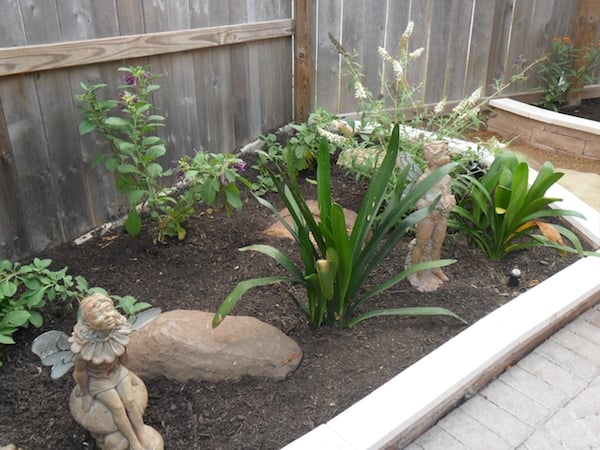
Don’t blame yourself if you’re having trouble sustaining your yard. It doesn’t mean you lack a green thumb or can’t keep the simplest of species alive. The number one problem in any kind of landscaping is soil. Unless you live in a fertile part of the country, there’s a good chance you’ll run into difficult soil that will hinder you in growing even the most maintenance-free flowers or plants. There are several reasons why plants have a hard time growing, but when nature seems to be stacked against you, these soil solutions can make the difference between a garden that’s great, and one that’s nearly non-existent.
Causes of Difficult Soil
All yards run into difficulties at some point and a lot of it has to do with the ground it’s growing in. So the first line of attack is a good defense: identifying the setback.
- pH Balance: the most troublesome dilemma is your yard’s chemical composition. Dirt has a pH level which is measured using a scale ranging from 0-14. Since plants need a nice balance of several chemical elements (nitrogen, phosphorus, potassium, etc.) in order to effectively grow, you need to make sure its pH level is balanced as well. It should always stay somewhere between 5 and 7. Below that it’s too acidic, and above that it’s too alkaline; too much in either direction and you have a problem.
- Salty Soil: If your plant leaves are discolored, if brown crust is surfacing, or if a powdery material is dusting the top of your small garden, then you may have saline or sodic soil. In other words, sodium levels are high and it’s stressing your yard.
- Soil Species: Soil structure could also be causing some obstacles. Clay can hold too much water at times and then suddenly dry out and get hard (hardpan). Sandy dirt can’t hold water at all, and therefore nutrients simply slide away with the irrigation.
Lucky for us, the modern gardener has the benefit of decades of science and research that can be used to modify whatever dirt we’re dealing with. Contemporary garden planning and soil additives are the key elements in keeping our plants healthy, and easy to manage.
Common Soil Additives
Before you can find a suitable soil solution, you must understand your specific soil problem. Therefore, it’s a good idea to hire a professional to test it. Take a dirt sample from the plot and a water sample from the irrigation source, and give it to a testing facility who’ll quickly diagnose the difficulty.
Once you know what your dirt is lacking, you can improve its structure with soil additives like organic compost, top soil, and activation products that can help to thicken sand, calm down clay, and dilute salt. Soil additives are often a necessity when balancing pH levels. If you want to keep it organic, however, make sure to read labels carefully. You may even want to consult a gardening specialist in your area for suggestions on what soil additives will work best.
Ready to start your small garden?
Find ProsDrainage Solutions
Soil additives are only one element in making your garden grow. When it comes to small gardens, raised garden beds, or entire lawns, another common predicament is drainage. Soil could be draining too fast, which washes away vital nutrients and creates puddles (causing root destruction and rotting). But if it’s not getting enough irrigation, it could become hardpan and barren. There are different solutions to improper drainage (some that you can to do on your own and some larger projects which may take the hand of a professional), but there’s only one overriding philosophy: moderation and proportion.
- Compost: Once again, soil structure is essential. Add compost to thicken sandy dirt, but beware of overfilling: it causes settling and the compost could waterlog.
- Dry Dirt: Adding dry dirt, such as limestone and silica sand, could help soak up the moisture from clay, but watch out for overdoing it because it alters pH levels as well.
- No Tilling: We love to feel like we’re doing something, so sometimes gardeners over-till the earth, which only aggravates the soil and upsets natural drainage systems.
- Grading: It’s crucial to have proper surface drainage, which means your yard must be appropriately sloped so water doesn’t collect. Underground tile and subsurface pipes can’t do it alone: you have to actually move around and correctly grade the topsoil.
- Low spots: Backfilling low spots help to avoid water buildup, but you’ll have to get a backhoe, dig up the ground, and add new dirt (of the same species) until it is leveled.
- Irrigation: To make sure the yard is getting just the right amount of water, you may want to hire a landscape contractor to install a sprinkler system for $1,800 to $2,500 to control the exact amount of irrigation your lawn receives.
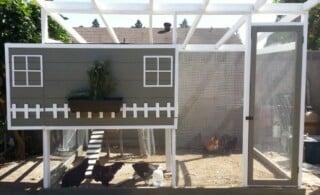 Raising Chickens at Home
Raising Chickens at Home 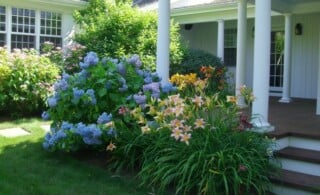 Spring Garden Flower Tips and Suggestions
Spring Garden Flower Tips and Suggestions 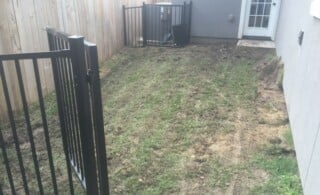 Plan Ahead for a Better Yard
Plan Ahead for a Better Yard 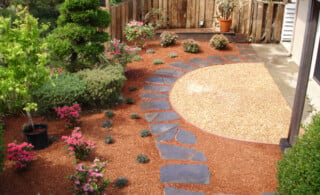 Dry Well Cleaning & Maintenance Tips
Dry Well Cleaning & Maintenance Tips 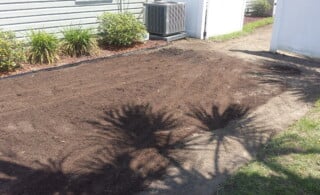 Soil Engineers & Testing
Soil Engineers & Testing 

Are You Familiar With This Topic? Share Your Experience.